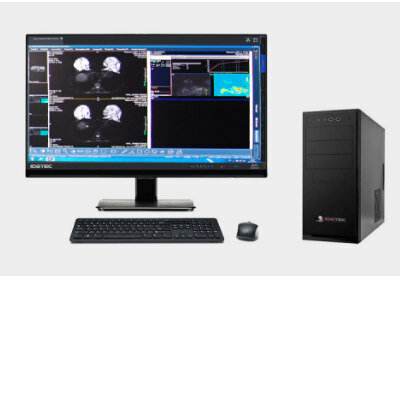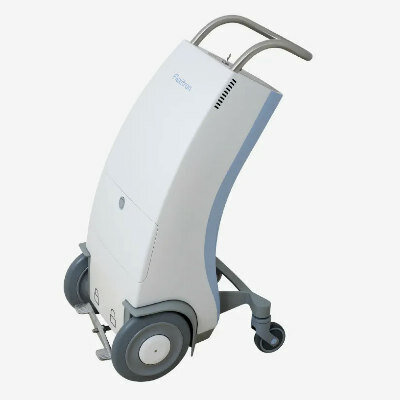MRI Techniques Can Detect Key Markers of Early Osteoarthritis
By MedImaging International staff writers
Posted on 22 Aug 2011
Researchers have found that sophisticated magnetic resonance imaging (MRI) techniques can be used to detect slight changes in joint cartilage microstructure and provide physicians a diagnostic tool for finding key markers of early osteoarthritis (OA). By using these methods during patient exams to identify OA earlier, clinicians can shift the management of the disease from eventual joint reconstruction to long-term preservation. Posted on 22 Aug 2011
The study’s findings were published in the July 2011 issue of the Journal of the American Academy of Orthopaedic Surgeons. “Imaging technology is now sensitive and powerful enough to enable detection of subtle changes in the intricate balance of water, chondrocytes and the collagen fibers and protein molecules that make up our joint cartilage which we now know can point to future osteoarthritis,” stated Laith Jazrawi, MD, associate professor of orthopedic surgery from New York University (NYU) Langone Medical Center (New York, NY, USA) and lead author of the study. “With an active and aging baby boomer population beginning to experience joint pain associated with age, we think there is great potential for bringing these imaging techniques from the lab to the benefit of patients.”
The clinical practice standard is to use traditional MRI imaging to evaluate the quality of cartilage in patients with joint pain, or known arthritis, which focuses on the morphologic integrity of the cartilage. In the laboratory, however, radiologists, orthopedic surgeons, and rheumatologists working as a team have used advances in MRI technology and biochemical imaging techniques to assess cartilage damaged by osteoarthritis. Damaged cartilage revealed distinct alterations in the concentration of water and collagen molecules, the micro- and macrostructure of collagen, and the concentrations of particular proteins, glycosoaminoglycans. The findings validate the use of these MRI techniques in the evaluation of younger patients with joint pain to identify the beginnings of OA allowing for earlier treatment to halt the progression of the disease.
“The development and optimization of these innovative MR techniques has opened up a new window into the understanding and possible treatment of arthritis before irreversible structural and morphological changes has occurred,” said Michael P. Recht, MD, a professor of radiology and chairman of the department of radiology.
Related Links:
New York University Langone Medical Center














